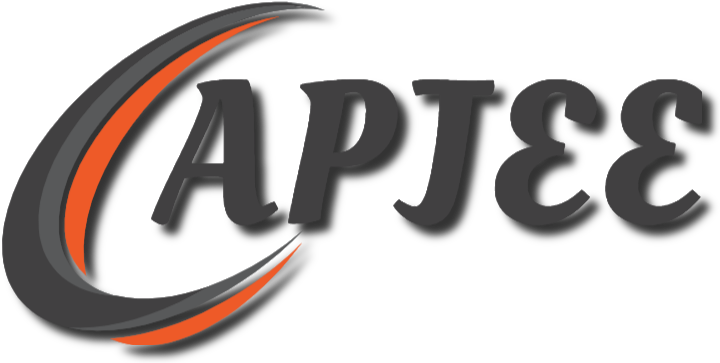International Best Practice for Emissions and Fuel Standards: Implementation Possibilities for ASEAN
DOI:
https://doi.org/10.18034/apjee.v3i1.226Keywords:
ASEAN, fuel standards, transport sector, climate change, vehicle emissionsAbstract
This paper assesses the role that both vehicle emissions and fuel standards can play in moderating the projected increase in emission of pollutants from the road transport sector of Association of Southeast Asian Nations (ASEAN) member countries by adopting international best practice as it currently stands. It concludes that much could be done within ASEAN to align with international best practice in terms of vehicle emission regulations in the transport sector. In addition, exploring alternative fuels such as natural gas, ethanol, and biodiesel could also offer substantial benefits in reducing air pollutants and emissions in the short term as member countries develop their refining capabilities to produce ultra-low sulphur fuel. Until then, it is likely that vehicle emission regulations may be held back at the Euro III (3) level. Despite that limitation, improving existing motorcycle emission regulations could provide abatement possibilities, while also improving local ambient conditions. Recognizing that international best practice is limited for motorcycle emission regulations, ASEAN member countries could play a key role in drafting and possibly shaping such emission standards.
Downloads
References
International Energy Agency (IEA). CO2 Emissions from Fuel Combustion Highlights. Paris: OECD/IEA; 2013.
International Energy Agency (IEA). Policy Pathways: Improving the Fuel Economy of Road Vehicles, a policy package. Paris: OECD/IEA; 2012b.
International Energy Agency (IEA). Technology Roadmap: Fuel Economy of Road Vehicles. Paris: OECD/IEA; 2012a.
International Energy Agency and Economic Research Institute for ASEAN and East Asia (IEA/ERIA).South East Asia Energy Outlook. Paris: OECD/IEA; 2013.
International Monetary Fund (IMF). World Economic Outlook Database, October 2014, www.imf.org/external/pubs/ft/weo/2014/02/weodata/index.aspx.
Organisation for Economic Co-operation and Development (OECD) Development Centre.Economic Outlook for Southeast Asia, China and India 2014: Beyond the Middle-Income Trap. Paris: OECD; 2013.
Safrudin, A., Palguna, A., Adrison, V., Khoirunurrofik, Haryanto, B., Krisnawati, L., Zakaria, M., Hamonangan, E., Nurafiatin, L., Suhud, M., Reksowardojo, A.,and Huda, A. (2013). Cost-Benefit Analysis for Fuel Quality and Fuel Economy Initiative in Indonesia. Jakarta, Indonesia: Ministry of Environment, Assistant Deputy for Mobile Source Emission.
Silitonga, A. S., A. E. Atabani, and T. M. I. Mahlia. "Review on fuel economy standard and label for vehicle in selected ASEAN countries." Renewable and Sustainable Energy Reviews 16.3 (2012): 1683-1695
Vogel, D. Trading Up: Consumer and Environmental Regulation in a Global Economy. Cambridge, MA: Harvard University Press; 1995.
-- 0 –
Downloads
Published
Issue
Section
License









